The federal Civil Rights Data Collection (CRDC) provides unique insights into the current status of special education across the nation. Conducted every two years, the CRDC collects data from every public school in the nation regarding key issues including but not limited to overall enrollment and key demographics such as eligibility for special education, race, and gender, educational environment, and discipline and provides researchers with a rich data-set to examine in order to understand current as well as longitudinal trends that capture the experiences of students with disabilities. The Center’s bi-annual analyses help to identify trend data on these key indicators and introduces additional information (e.g., enrollment variance by gender and by race, and the impact of charter legal status on presented indicators) and builds on the existing list of identified specialized charter schools from year to year.
Secondary Analysis of the 2017-2018 CRDC
In light of the disruptions caused by COVID-19, enrollment in charter schools continues to grow. With that in mind, it is critical that educators, policymakers, and charter school authorizers and funders continue to track how students with disabilities are accessing charter schools, their in-school experiences, and the factors that impact their ability to receive an equitable education comparable to their non-disabled peers—now and post-recovery.
The Center for Learner Equity (CLE) has conducted a secondary analysis of the 2017-2018 Civil Rights Data Collection (CRDC) released in 2020. The CRDC is the nation’s leading data set on civil rights indicators related to access and barriers to educational opportunities.
Past CRDC Analyses
View Latest Interactive Data Visualization
The interactive data visualization is an additional resource on the state of special education in charter schools and traditional public schools, as seen from the analysis of the CRDC and IDEA data collected by the U.S. Department of Education.
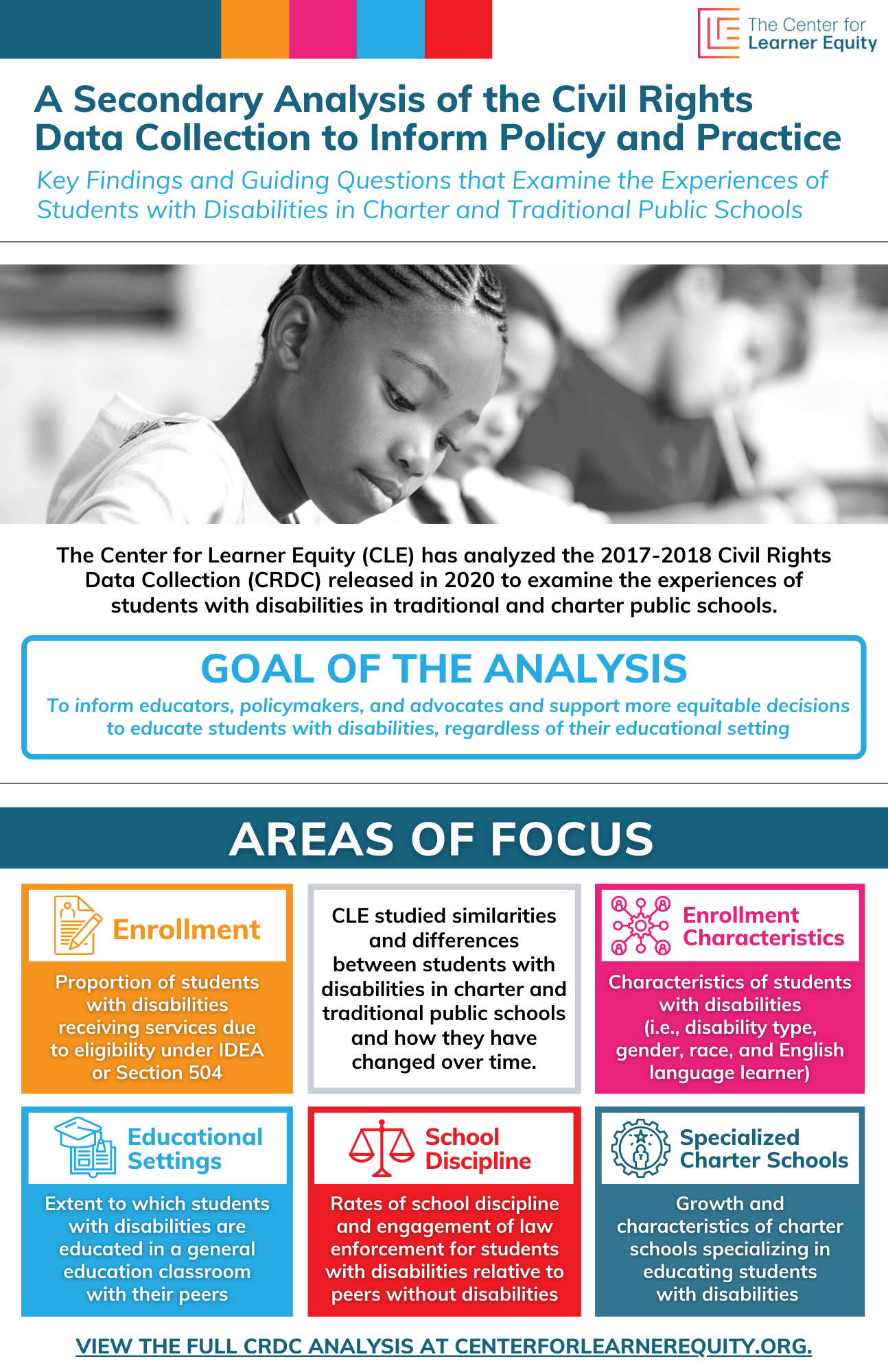
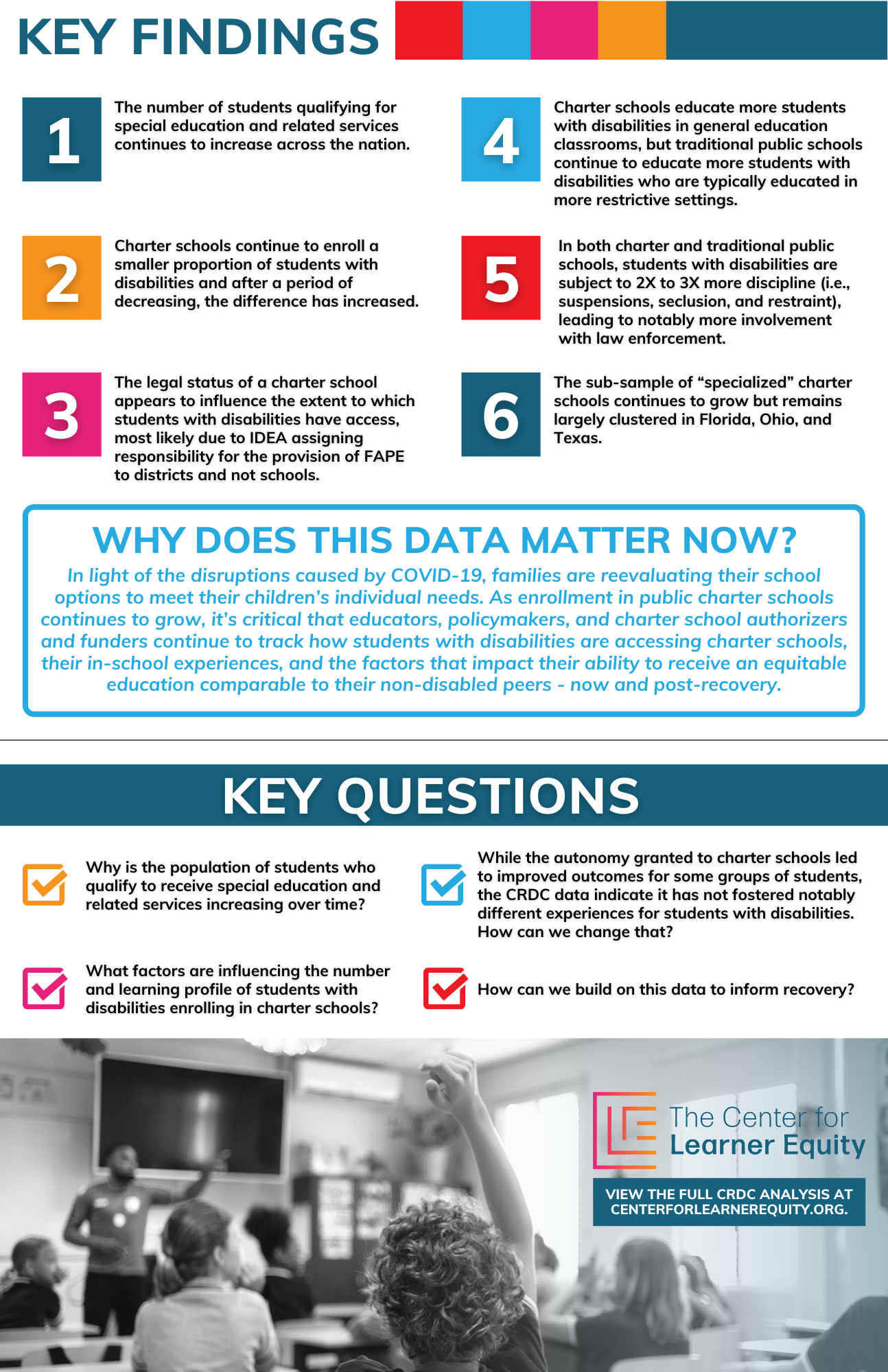
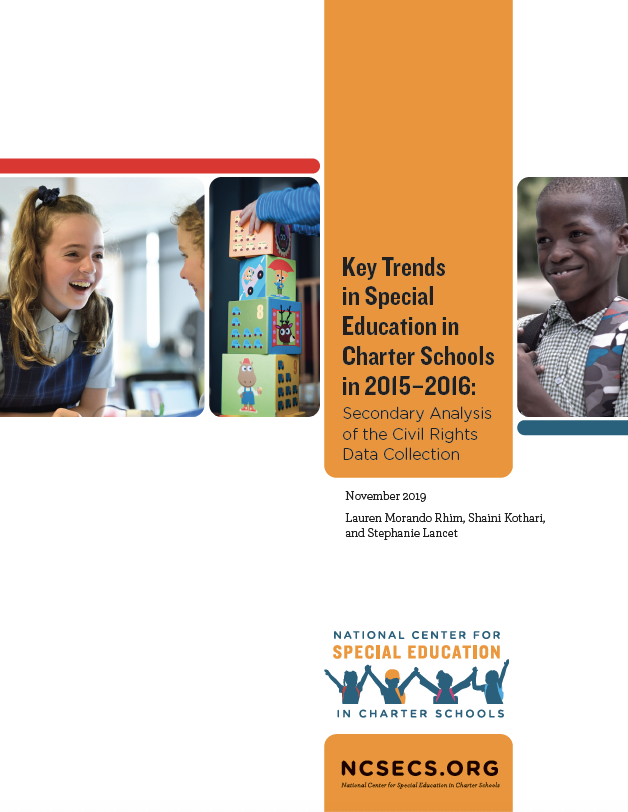
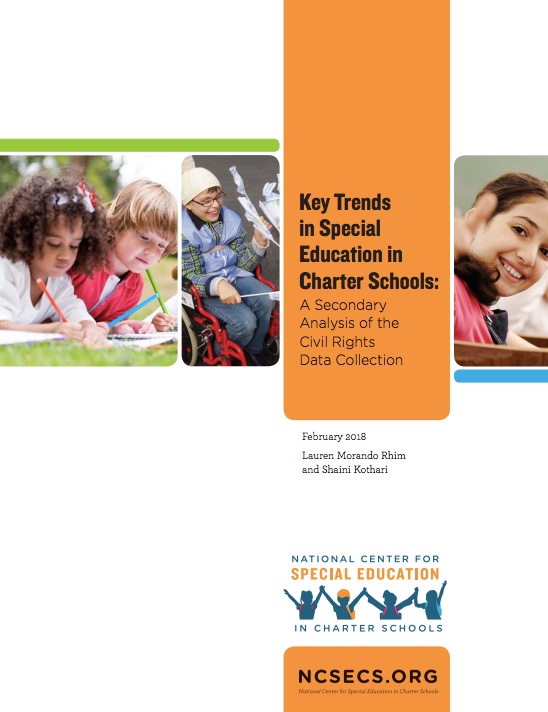
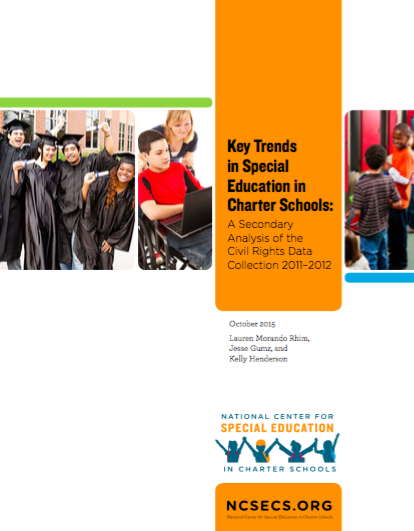
Comments are closed.